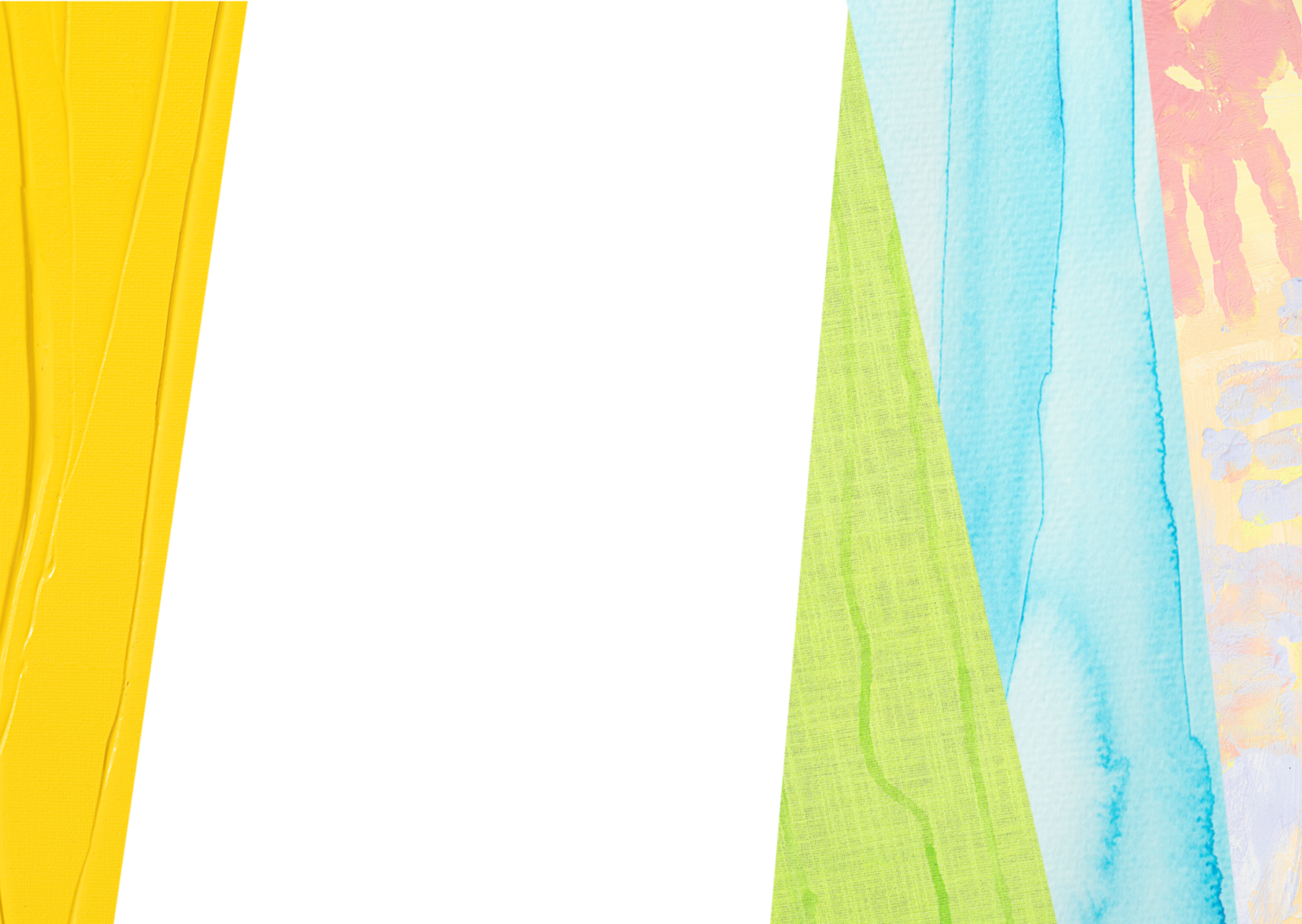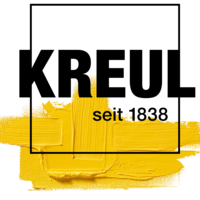
Five questions about KREUL Batik Textile Dye
06/20/2023 |- KREUL Batik Textile Dye
- Ideen für Kreative
Why should you mix the dye in an old pan or bowl?
For the dye bath with KREUL Batik Textile Dye, use an old pan or bowl, that is not a pan that you are still going to use for cooking nor a bowl you are going to serve salad in. For good reason: the dye could settle on any limescale residue or in scratches and may come off again during preparation of food. So best use a bucket, a plastic bowl or an old pan that you are not going to use any more, apart from for other dyeing projects. Of course, this also applies to other implements you use in batik dyeing, like wooden spoons.
How much do you dilute KREUL Batik Textile Dye?
You get the best dyeing results with around 6 litres of water. Dissolve the granules of the KREUL Batik Textile Dye in 1.5 litres of hot water and pour the mixture into a bucket containing 5 litres of warm water. This dye bath is still effective, just no longer as hot. With this method, the dye bath temperature should be 50°C. Perfect to prepare Batik Textile Dye for courses or children’s workshops. Batik dyeing outdoors is lots of fun, too. It’s best to prepare several buckets with different colours and batik colourful summer t-shirts. We show you precisely how batik dyeing works here. And we answer the five most frequently asked questions about fixing dyes with KREUL Fixing Agent for batik textiles here.
How do you dispose of KREUL Batik Textile Dye?
Can I just dispose of any excess dye bath solution down the drain? According to German regulations, you can pour the dye bath solution down the drain, but best check with your local water and sewage company. If they say it's alright, you can pour the dye water down the toilet or down the drain. If you empty the dye bath solution down the toilet, the colour can stick to any limescale. But you can use a limescale remover to clean off any discoloured limescale.
You can also dispose of the fixing agent diluted with water down the drain. But the pure, undiluted fixing agent as it comes in its jar is hazardous to aquatic organisms and therefore you must dispose of it as problem waste, just like almost every other commercially available detergent.
Can you use KREUL Batik Textile Dye cold?
Yes, that works. It is possible to batik with cooled dye. You can fill the cold liquid dye into spray bottles for tie-dye techniques. For this, heat 1.5 litres of water to 90 °C and fill it into a bucket. Then add the KREUL Batik-Textile Dye granulate and let the dye solution cool. Always dissolve the granulate in hot water, as it won’t dissolve properly in cold water. If you use a cold dye solution, then you need a longer textile exposure time, that is 24 hours. We recommend that you place your fabric in a bag as the "dye soaks in", as otherwise, because of the necessary longer exposure time, excess dye may dry and form mould stains. The general rule is the hotter the dye solution is, the shorter the textile exposure time needed.
Can you use KREUL Batik Textile Dye to dye fabrics in a washing machine?
No, we don’t recommend that. KREUL Batik Textile Dye is a granulate that dissolves best at 90 °C water temperature. The product dyes textiles that are dipped for at least one hour in around 50 °C-warm water. We don’t know of a washing machine programme that first heats up to such high temperatures but then washes the textiles at a low temperature. Conventional washing machine dyes are liquid. With a granulate, there’s always a risk of granules getting stuck in the seals and gaskets.


